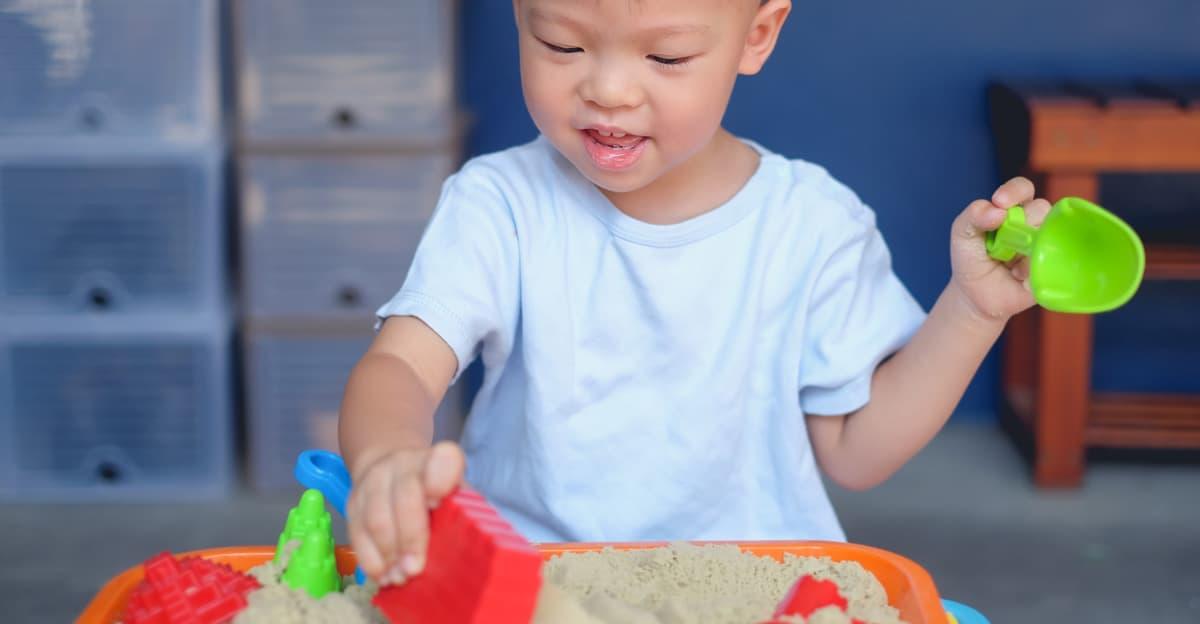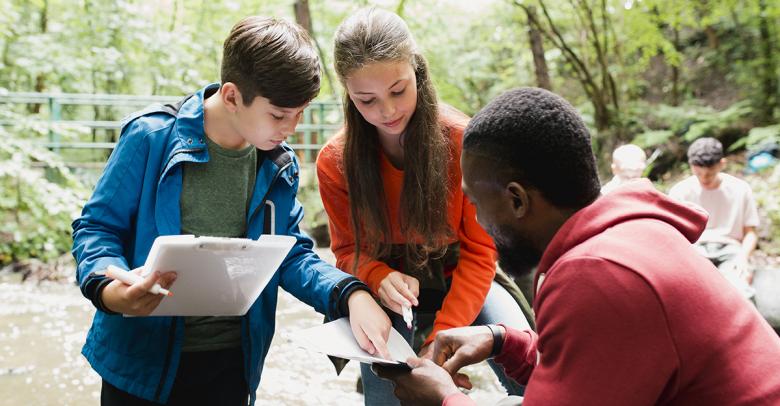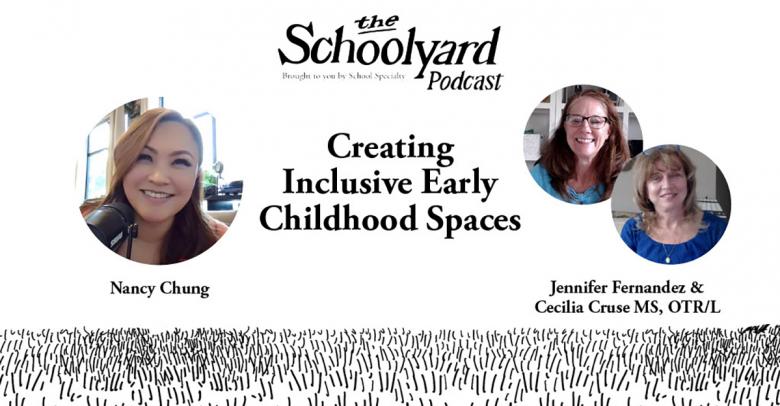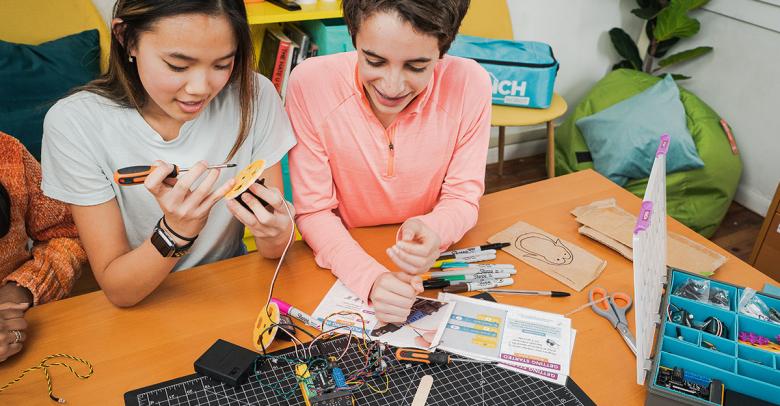When you hear the word “environment” it makes some people think immediately of the physical classroom space, but we believe there is more to it than that. In addition to the space, we consider materials part of that environment. We also thought of the environment in one other way: teaching strategies and curriculum. These topics address more of how and what we teach in terms of STEAM for our youngest learners. In a previous article, we talked about what STEAM can look like in early childhood classrooms. Now let’s dive deeper.
Let’s begin with teaching strategies and curriculum. Our research lumped many considerations under this one large umbrella. First, one must take into consideration that play must be integrated into STEAM activities and projects. We know play is a child’s work and it’s vital for their learning and development. Therefore, making it a part of STEAM education is crucial. This also connects with the idea of embedding children’s interests with STEAM, another teaching strategy. Not only do children need to play, but what are they playing with or how are they playing? Knowing your students and their current interests can guide you as you search for STEAM topics to explore.
Another consideration within teaching strategies and curriculum is time. This gets us to realize we must provide an abundance of STEAM opportunities and then allow enough time to delve into them. When we weave STEAM into the different parts of the daily routine or schedule, it is simple. You can include STEAM in your morning meeting, outdoor play, large and small group time, and of course, during learning centers or interest areas.
There are so many interest areas that allow for STEAM to happen within them naturally. Reading a STEAM-themed children’s book in the library area, creating something to solve a problem in the art or block area, or trying out some simple coding or robotics activities at the technology or music center are all built-in ways to make sure STEAM is occurring all around the room and throughout the day.
In addition to the STEAM environment created through how and what we are teaching our students, we would be remiss not to address the physical space and materials that can also enhance this learning. Ensuring there are spaces for STEAM to happen in the classroom is first and foremost. Places like a large carpet, a STEAM table or cart, a sand and water table, or a light table all provide options for go-to locations to work on STEAM-related activities.
As you take stock of your STEAM materials, keep in mind three categories that NAEYC recommends for us to consider. One category is basic equipment and tools. Simple items such as funnels, magnets, or rulers and tape measures are examples they give. The next category is consumables. Are you able to offer students open-ended, hands-on, plentiful, sensory materials to build, connect, sculpt, and decorate? Check your closet for cardboard tubes, straws, toothpicks, pom-pons, all kinds of tape, modeling dough, and many other standard supplies we keep on hand for just this purpose. Finally, we want to include electronics and technology on our materials list. Most of us now have iPads in our classrooms, but what else could be considered? Have you ever thought about finger lights or kits for beginning circuitry? This may be the trickier category, but one we shouldn’t shy away from or forget.
Therefore, as you set up your environment, we have provided lots of suggestions to keep in mind. Just remember, by creating a classroom conducive to STEAM learning, you provide students with opportunities to develop critical thinking, executive functioning, problem-solving, and more. This will build a foundation for how they approach all learning and thinking both in the present and future.
Jennifer Fernandez
Jennifer has over 30 years of experience in education. She has degrees in Elementary Education, Spanish, and Bilingual Education and holds teaching licenses in Texas and Minnesota. She has taught PreK-2nd grade in general and bilingual settings, served as a professional learning specialist for seven years, and currently presents at state and national conferences.
Read more by Jennifer Fernandez–>
Naomi Hartl
Naomi Hartl graduated from the University of Saskatchewan and started teaching in her home province of Saskatchewan, Canada. She has taught a variety of subject areas including biology, mathematics, health education, physical education, home economics, and career education. In 2015, she relocated to Oregon, USA, to work with School Specialty and has worked in curriculum development and writing with the company and is now the Science and STEM Subject Matter Expert. Working with School Specialty has allowed her to pursue her dream of making a difference in the lives of teachers and students by curating solutions to create safe, equitable, and successful learning programs.
Read more by Naomi Hartl–>








Leave a Reply